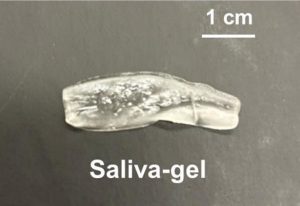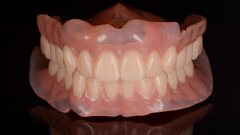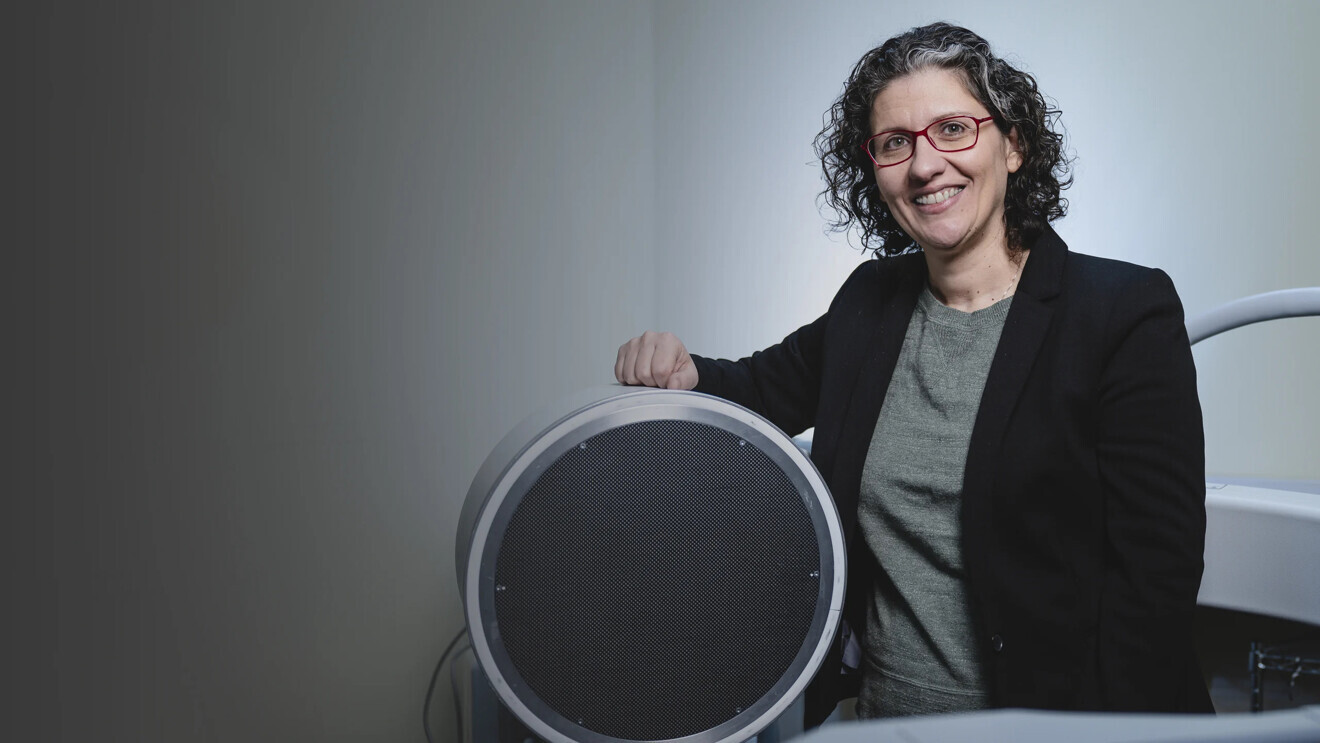
This small gel-like structure developed by Purdue University researchers can absorb and release artificial saliva. (Image: American Chemical Society)
According to co-author Prof. Georgia A. Malandraki, graduate programme director in the Department of Speech, Language, and Hearing Sciences at Purdue University in West Lafayette, the research was inspired by clinical experience in treating patients with swallowing disorders, including xerostomia, which can exacerbate such conditions. Current pharmacological treatments aim to stimulate natural saliva production, but they often only provide temporary relief and may cause side effects such as oral irritation or tooth erosion. Recognising these limitations, the research team collaborated with experts in hydrogel materials to explore an alternative approach.
To create the hydrogel, the researchers combined artificial saliva with the biocompatible polymer poly(hydroxyethyl methacrylate), which is commonly used in medical devices such as contact lenses. The resulting hydrogel is clear and coin-sized, small enough to be placed on the inner cheek or under the tongue.
“The material is essentially a hydrogel reservoir that can be loaded with artificial saliva. At this time, it can hold four times its volume in artificial saliva and then release that slowly over four hours at body temperature, 37 °C. We have also shown that one hydrogel reservoir could be reloaded at least five times, demonstrating its reusable and sustainable design,” lead author Dr Suman Debnath, postdoctoral research assistant at the university, told Dental Tribune International (DTI).
The study found that, when submerged in artificial saliva for 6 hours, the hydrogel expanded to up to 400% of its original volume, highlighting its high storage capacity. Release rates remained consistent across five consecutive uses, underscoring its potential as a reusable therapeutic option. Importantly, in vitro testing confirmed that the hydrogel did not affect cell survival or growth, supporting its biocompatibility.
Future research will aim to enhance the hydrogel’s durability and optimise release capacity per use before clinical application. The team is also investigating alternative materials to develop a fully dissolvable version. The ultimate goal is to provide an easy, affordable and effective treatment option for those with xerostomia.
“Ongoing testing will help us enhance key features such as volume and release rate, bringing this innovative delivery system closer to how natural saliva is released,” senior author Prof. Bryan Boudouris, vice president for research and economic development at the University of Alabama, told DTI.
The study, titled “Poly(hydroxyethyl methacrylate) saliva-gel: A polymer-based solution for xerostomia treatment”, was published online on 17 July 2025 in ACS Applied Polymer Materials.



 Austria / Österreich
Austria / Österreich
 Bosnia and Herzegovina / Босна и Херцеговина
Bosnia and Herzegovina / Босна и Херцеговина
 Bulgaria / България
Bulgaria / България
 Croatia / Hrvatska
Croatia / Hrvatska
 Czech Republic & Slovakia / Česká republika & Slovensko
Czech Republic & Slovakia / Česká republika & Slovensko
 France / France
France / France
 Germany / Deutschland
Germany / Deutschland
 Greece / ΕΛΛΑΔΑ
Greece / ΕΛΛΑΔΑ
 Hungary / Hungary
Hungary / Hungary
 Italy / Italia
Italy / Italia
 Netherlands / Nederland
Netherlands / Nederland
 Nordic / Nordic
Nordic / Nordic
 Poland / Polska
Poland / Polska
 Portugal / Portugal
Portugal / Portugal
 Romania & Moldova / România & Moldova
Romania & Moldova / România & Moldova
 Slovenia / Slovenija
Slovenia / Slovenija
 Serbia & Montenegro / Србија и Црна Гора
Serbia & Montenegro / Србија и Црна Гора
 Spain / España
Spain / España
 Switzerland / Schweiz
Switzerland / Schweiz
 Turkey / Türkiye
Turkey / Türkiye
 UK & Ireland / UK & Ireland
UK & Ireland / UK & Ireland
 Brazil / Brasil
Brazil / Brasil
 Canada / Canada
Canada / Canada
 Latin America / Latinoamérica
Latin America / Latinoamérica
 USA / USA
USA / USA
 China / 中国
China / 中国
 India / भारत गणराज्य
India / भारत गणराज्य
 Pakistan / Pākistān
Pakistan / Pākistān
 Vietnam / Việt Nam
Vietnam / Việt Nam
 ASEAN / ASEAN
ASEAN / ASEAN
 Israel / מְדִינַת יִשְׂרָאֵל
Israel / מְדִינַת יִשְׂרָאֵל
 Algeria, Morocco & Tunisia / الجزائر والمغرب وتونس
Algeria, Morocco & Tunisia / الجزائر والمغرب وتونس
 Middle East / Middle East
Middle East / Middle East












































To post a reply please login or register